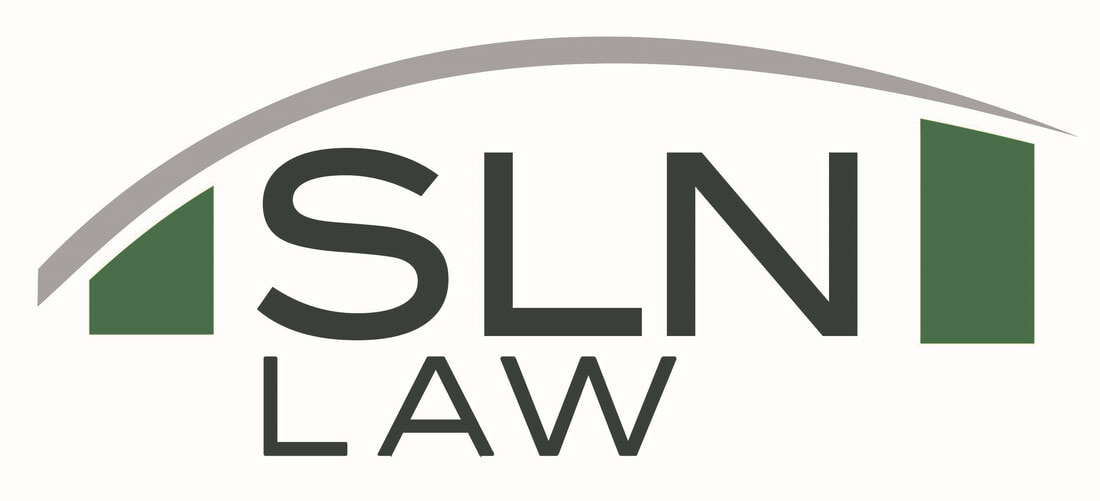Employment Discrimination: A Guide to Building a Strong Case and Proving Discrimination
Understanding How to Prove Employment DiscriminationMany individuals suspect they've experienced workplace discrimination but struggle with how to prove it. Whether it's women witnessing male colleagues consistently receiving promotions or people of color feeling marginalized at work, navigating the path to building a discrimination case can be complex.
Sadly, many victims never take legal action due to the intricacies involved. If you've faced workplace discrimination or are uncertain about your rights, this comprehensive guide will help demystify the process. We'll provide insights into proving your case and shed light on the types of evidence that can support your claims. Evidence of DiscriminationIn discrimination cases, it's uncommon for a manager to openly admit that an employment decision was based on a protected characteristic. Often, you'll need to rely on circumstantial evidence to demonstrate that an adverse employment action resulted from discrimination. This circumstantial evidence can include:
Understanding the Burden of ProofAn employment discrimination claim typically consists of three phases: establishing a prima facie case, the employer presenting a legitimate non-discriminatory reason, and your opportunity to prove that their reason was pretext for discrimination.
Phase One: Prima Facie Case - At this stage, you need to demonstrate that you belong to a protected class, that you were qualified and capable of performing your job, that the employer took adverse action (e.g., termination or demotion), and that your position was either filled by someone outside your protected class or remained open for others after your removal. This is usually a manageable burden for the employee. Phase Two: Employer's Reason - The burden then shifts to your employer to provide evidence of a legitimate, non-discriminatory reason for the action taken. This reason can include factors like economics, job performance, restructuring, or employee violations of company policies. Importantly, the employer's reason doesn't have to be accurate or fair; it just needs to be unrelated to discrimination. Phase Three: Proving Pretext - The heart of most employment discrimination cases lies in proving pretext, meaning that the employer's stated reason was not the true motive for the decision but rather a cover-up for unlawful discrimination. Evidence of pretext can include showing disparities in how you were treated compared to other employees facing similar situations, often referred to as "comparators." Gathering Crucial EvidenceIf you suspect discrimination or wrongful termination, take these essential steps:
First, request a copy of your personnel file from your employer. Although it may not provide the full picture, it's crucial to have a complete set of evaluations and documentation for your attorney to evaluate your case. Second, preserve any written or electronic communications related to your employment. If you haven't been terminated yet, print and save relevant work emails. After leaving the company, you won't have access to them until the discovery phase, and they can be valuable for your attorney. Ensure you also safeguard any notes or emails in your possession. While you need not undertake your investigation, preserving existing evidence is essential. A skilled employment lawyer will know how to gather the necessary information and ask the right questions to support your case effectively. |
We're Here to Help.OR
|
Questions About Proving Employment Discrimination?
Our Solutions Roadmap is a quick and easy way to share the details of what you are facing and receive preliminary feedback from a member of our team. Use the button below to get started- it is 100% confidential and 100% free.
Preparing for the Defense
When pursuing a discrimination lawsuit, be prepared for your employer to attempt to justify their actions. They may seek evidence that portrays you as a poor employee. It can be challenging not to take this personally, but remember that it's a part of the legal process. You may face intrusive or judgmental questions during discovery, but an experienced employment lawyer can guide you through these challenges.
It's essential to keep things in perspective. Seasoned attorneys have encountered these situations countless times and won't judge you for it. They'll use this evidence as part of your case to help you achieve justice.
It's essential to keep things in perspective. Seasoned attorneys have encountered these situations countless times and won't judge you for it. They'll use this evidence as part of your case to help you achieve justice.
Meet Our Employment Lawyers

Emily Smith-Lee is the owner and founder of slnlaw. She is a 1996 graduate of Boston College Law School. She was previously a partner at the Boston office of a large international firm, where she worked for thirteen years before starting the firm that became slnlaw in 2009. She has been recognized as Massachusetts Superlawyer each year since 2013, and in 2018 earned recognition as one of Massachusetts Lawyers Weekly's Lawyers of the Year. She has written a book on employment law: Rules of the Road, What You Need to Know About Employment Laws in Massachusetts, and helped thousands of clients on both the employee and employer side with severance and non compete review and negotiation, wage and hour, discrimination and retaliation disputes, workplace sexual harassment situations, and advice about employment law generally.

Rebecca Rogers: Rebecca is a 2006 graduate of Boston College Law School, and has worked with slnlaw since 2013. She previously worked as an intellectual property litigation attorney for Fish & Richardson in Boston, Massachusetts, and clerked for the Massachusetts Supreme Judicial Court. Rebecca has helped clients with wage and hour disputes, employment discrimination, harassment and retaliation claims, review and negotiation of severance and non compete agreements, and advice to both employees and employers about navigating complex employment situations.

Jenna Ordway: Jenna is a 2013 graduate of Quinnipiac Law School, and also earned an LLM in Taxation from Boston University in 2015. She has been affiliated with slnlaw since 2011, first as a law clerk and then as an attorney. Jenna has been recognized since 2019 as a "Rising Star" by Massachusetts Superlawyers. Jenna has helped clients with review and negotiation of severance and non compete agreements, wage and hour disputes, discrimination, harassment and retaliation claims, and advice to small business owners about employment law and other business matters.

Elijah Bresley: Eli is a 2014 graduate of Seton Hall Law school, and has worked with slnlaw since 2020. He previously worked for a boutique employment law firm outside of Boston, and then for the Labor and Employment department of a large Boston firm. He also spent a year clerking for the judges of the Superior Court in Hartford, Connecticut. Eli has helped clients on the employee and employer side with all varieties of employment law issues, including employment discrimination, harassment, retaliation, and wage and hour issues, litigation in MCAD and state and federal courts, and advising employers about employment policies and practices.

Sharleen Tinnin: Sharleen is a 2010 graduate of Northeastern University School of Law, and has been with slnlaw since 2023. Prior to joining slnlaw, she worked with King, Tilden, McEttrick & Brink, P.C. on complex civil litigation matters. She previously worked for the United States Department of Justice, and received an "Excellence in Justice" award in 2017. Sharleen has helped clients with wage and hour, discrimination, harassment and retaliation disputes, review and negotiation of severance agreements, and litigation in MCAD and state and federal courts on employment related issues.
How We Can Help
Our experienced team of employment lawyers is here to support you every step of the way. From navigating the complexities of employment discrimination claims to building a robust case on your behalf, we're dedicated to helping you seek justice and fair treatment in the workplace. You can use the button below to schedule a call back from a member of our team, or give us a call at 781-784-2322.





